“What do termites look like?” is a bit of a broad question, as there are several types of termites within a termite nest and many different termite species. But let’s assume that the question is asking, “What does a worker termite look like?”, as they are the termites that do all the damage.
Firstly, are termites and white ants the same thing?
Yes, termites and white ants are just different names for the same insect. Termite is the correct name; white ant is the name some people use to describe termites, as they look like white ants at first glance.
(Actually, termites are more closely related to cockroaches than ants!).
What’s the difference between ants and termites?
The worker termites of the various termite species may vary in size, but generally look quite similar. Termites actually look very different to ants – termites certainly aren’t “white ants” at all.
- Termites have 2 obvious body segments. Ants have 3 obvious body segments, including a narrow waist
- Termites are a pale cream to white colour. Ants tend to be a dark colour, ranging from black to brown, depending on species
- Worker termites are blind and have no eyes. Ants have obvious eyes
- Termites have straight antennae made of many segments. Ants have antennae with an obvious bend or “elbow”
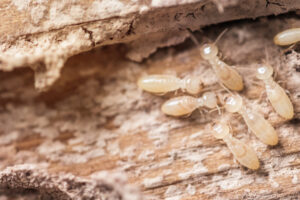
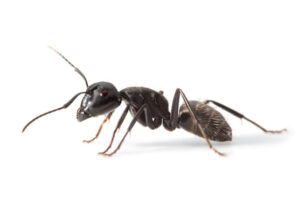
What do the different types of termites look like?
Although the vast majority of termites in the colony are worker termites, there are a number of other types of termites (castes) in the nest – the queen and king, alates and soldiers.
The queen and king are reproductives (alates) that have lost their wings and were successful in mating and then started the nest. The king looks like a reproductive that has lost its wings, whereas the queen often becomes enlarged, as it turns into an “egg-laying machine”.
The alates are the winged termites – new reproductives that leave the nest each year to try and mate and start a new nest. Apart from the wings, these reproductives look very different to the worker termites, in that they have obvious eyes and tend to be a mid-brown colour. It’s important for homeowners to know what the alates look like as they may be spotted around the house on warm, humid evenings in spring and summer, which indicate there is a mature termite nest nearby (and a termite inspection should be requested).
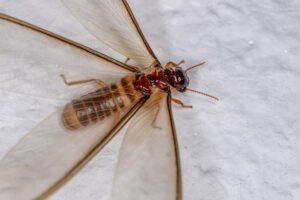
A mature nest will also have a number of soldier termites. Although they tend to have pale bodies, their heads are darker, and they have larger or modified jaws for defence. Typically, the soldier termites are used to help identify the termite species.
What do the different termite species look like?
There are number of different termite species in Australia, but only a handful of these species cause most of the damage. All these termites are called subterranean termites, as they generally nest and live underground. The different species can be identified by the shape of the head of the solider termites. However, even then it is generally a job for the experts. Perhaps the one species that is easy to identify are the Nasutitermes termites as their jaws have been modified into a tube to shoot defensive chemicals when under attack.
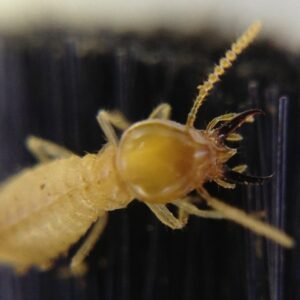
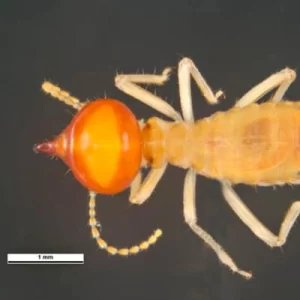
More information on the different types of termites…
If you think you’ve got termites…
The best thing to do is to call a termite professional immediately. Tempting as it may be to dig around, break open damaged wood and generally see what’s going on, all these activities will often disturb the termites. If you frighten termites from an area it can make identification and treatment more difficult. And certainly, don’t spray them with insecticide. It will kill the termites you see, but that is only a fraction of the nest. You will prevent them coming back to the area you have sprayed, but they will pop up in some other unknown location in your home.

